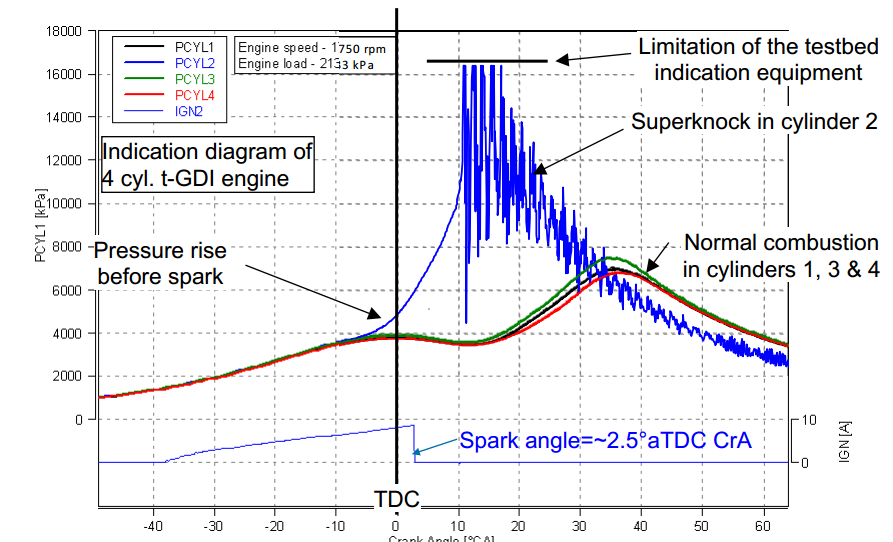Originally Posted By: Ducked
OK, then:-
In the context of IC engines, I suppose it'd be defendable to apply the term "pre-detonation" to the pre-ignition-induced detonation situation I described, IF it occurs.
(Sheesh!)
The situation you describe is called:
Originally Posted By: Shannow
"end gas autoignition", where the flammable gasses remote from the ignition source are "dieseled" by being compressed by the burning gasses.
This would apply whether the ignition was pre- or not.
Ed
OK, then:-
In the context of IC engines, I suppose it'd be defendable to apply the term "pre-detonation" to the pre-ignition-induced detonation situation I described, IF it occurs.
(Sheesh!)
The situation you describe is called:
Originally Posted By: Shannow
"end gas autoignition", where the flammable gasses remote from the ignition source are "dieseled" by being compressed by the burning gasses.
This would apply whether the ignition was pre- or not.
Ed



